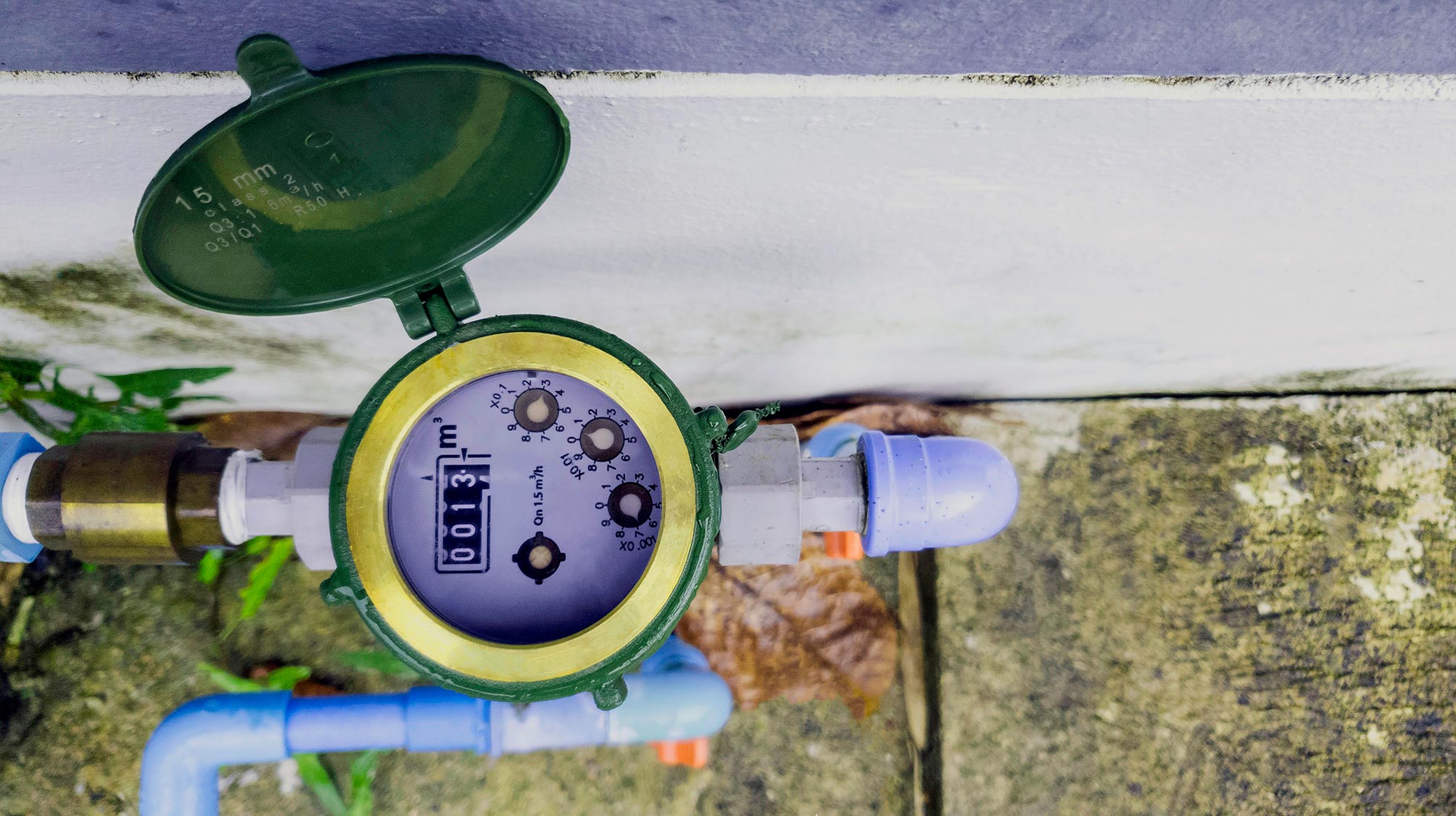What're your concepts on What is Backflow Testing??

Yes, you need to backflow test your home's supply of water to make sure that the water is free of toxic substances and damaging levels of chemicals. Because of the equipment called for and room for error, you need to not attempt to perform backflow screening by yourself. We recommend that you call a specialist plumber every couple of years to evaluate your water.
What is Backflow?
In short, backflow is when water moves upwards-- the opposite instructions in the plumbing system. This is also referred to as "backpressure." When the water relocates this instructions, it can blend with harmful contaminants as well as present a threat.
What Creates Heartburn?
A normal reason of heartburn is a loss of water pressure that triggers the water to siphon back right into the water supply. After some time, there is a loss in water stress and also the hose begins to suck the water back right into the water supply. As you can imagine, there are now chemicals from the paint that are entering the water supply, potentially presenting a hazard.
Heartburn Screening is Required by Regulation in Particular Cities
Depending on where you live, you might in fact be needed by law to backflow test your legislation. Iowa City maintains a record of all residential properties offered by the city's water supply. The city requires that specific "high-hazard" facilities go through heartburn screening. In some cases, homes such as houses as well as apartment are affected.
You Can Prevent Heartburn
The primary purpose of a heartburn gadget is to protect against water from flowing in reverse into your water supply. Plumbers set up the device on the pipelines in your house to ensure that the water just streams in the correct instructions.
Backflow Can Effect Both You and also Your City
Numerous cities develop backflow standards due to the fact that harmful heartburn can affect the general public water supply along with a solitary building. Thankfully, contemporary cities have backflow gadgets in position that shield the supply of water that originates from the majority of houses as well as business residential or commercial properties. The genuine danger comes from watering systems, which can damage the water with hazardous plant foods, manure, and also various other chemicals.
Call a Plumber to Check for Backflow Prior To It is Far too late
A plumbing business can quickly check your residence's water to figure out if there are any kind of dangerous chemical levels. And also if you do uncover that your water has high levels of toxic substances, a plumber can quickly install a backflow avoidance device.
Yes, you need to backflow examination your residence's water supply to ensure that the water is totally free of contaminants and also hazardous degrees of chemicals. A regular cause of backflow is a loss of water pressure that creates the water to siphon back right into the water supply. After some time, there is a loss in water stress as well as the hose pipe begins to draw the water back into the water supply. The major purpose of a backflow device is to prevent water from flowing backwards into your water supply. Numerous cities develop backflow guidelines since hazardous backflow can affect the public water supply in addition to a solitary building.
WHY DOES BACKFLOW TESTING NEED TO BE DONE EVERY YEAR
What Is Backflow?
Toxic gas backing up into a building is one example of potential backflow issues, but backflow can occur in many other ways.
Backflow is generally referred to as the reversal of a liquid or gas in a plumbing system.
Most issues for the public occur with backflow resulting in contaminated drinking water. If you look up backflow issues online you’ll probably find references to “potable” water. That means drinking water.
There have been backflow issues in the past with drinking water. Chemicals, sewage and other contaminants have found their way into drinking water causing health issues for those that count on the fresh water.
What Causes Backflow?
In a residence or commercial building water generally flows one way. This normal flow is usually driven by consistent pressure in the water and waste system.
Anything that changes the normal pressure in the system can lead to backflow.
Fire hydrant use or malfunction can reverse the normal pressure in the system on a city line, but backflow can occur in a number of different ways.
Sometimes backpressure might be caused by someone using a garden hose and submerging the end of the hose in a pool of liquid. If pressure is lost the flow could reverse and contaminants could be released into the drinking water.
Anytime there is a connection between contaminants and the drinking water there is potential for a backflow issue. Sometimes these connections are not immediately obvious like the garden hose connecting to a building’s drinking water supply.
Backflow Regulations
The Environmental Protection Agency (EPA) provides guidelines and regulations for state and local governments regarding backflow. State and local governments also have their own guidelines and regulations for backflow prevention.
Arizona has its own backflow regulations.
Due to issues with backflow in the past, regulations require backflow preventer devices to be used in nearly all residential and commercial buildings.
A backflow preventer is a device that prevents backflow as cross-connection points where potential backflow issues may occur.
While backflow is not a common occurrence, preventers are in place to make sure there is no contamination should something malfunction or go wrong with a building’s water supply.

As a person who reads about Backflow Assembly Testing, I thought sharing that piece of content was a good idea. Make sure you set aside a second to share this blog post if you appreciated it. Kudos for your time. Visit us again soon.
Need urgent help? Reach.